Top Persian Cat Care Tips Every Owner Must Know
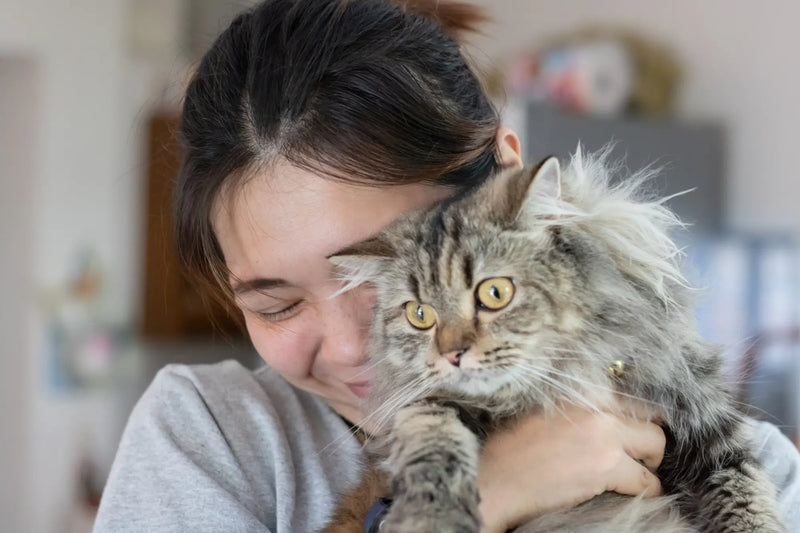
Owning a Persian cat is an exciting and rewarding experience, as these cats are not only incredibly beautiful but also loving companions. Known for their long, luxurious coats, round faces, and large, expressive eyes, Persian cats bring an air of elegance and charm to any home. Their calm and affectionate demeanor makes them a perfect addition to families or individuals looking for a serene, loyal pet.
However, Persian cat care requires more attention than typical feline breeds due to their unique characteristics. Their stunning coats, sensitive eyes, and brachycephalic (flat-faced) features demand special attention to ensure they remain healthy and happy. Proper Persian care is essential to keep your Persian in top shape, from grooming to health maintenance.
Whether you're a new Persian cat owner or an experienced one, following these Persian cat care tips will help you provide the best possible life for your furry friend.
Your Persian Cat's Unique Needs
Before diving into specific care routines, it's important to understand what makes Persian cats so special and why they require more attention than your average house cat. Persian cats are the product of centuries of selective breeding, resulting in their distinctive flat faces, long silky coats, and gentle temperaments. While these features make them absolutely stunning, they also come with unique care requirements that set them apart from other breeds.
Their brachycephalic (flat-faced) features, while adorable, can lead to breathing difficulties and make them more sensitive to heat and stress. Their long, double-layered coat is prone to matting and requires daily maintenance to prevent painful tangles and skin issues. Additionally, their large, prominent eyes are more susceptible to tearing and infections due to their facial structure.
Persian cats are also known for their calm, laid-back personalities. They're not typically the type to climb curtains or knock things off counters—instead, they prefer quiet observation and gentle interaction. This temperament means they thrive in peaceful environments and can become stressed by sudden changes or loud noises. Understanding these breed-specific traits will help you provide the specialized Persian cat care your beloved companion needs to flourish as a beloved family member.
Essential Care Tips for Your Persian Cat
Now that you understand what makes your Persian cat unique, let's explore the specific care practices that will keep them healthy, comfortable, and looking their absolute best. These comprehensive Persian care guidelines will ensure your feline friend receives the attention they deserve.
1. Master the Art of Grooming
The crowning glory of a Persian cat is its long, lush coat, which demands regular grooming. To prevent mats and tangles, daily brushing is recommended using a wide-toothed comb to gently work through the fur, paying extra attention to the undercoat where mats typically form first.
Essential grooming tools and techniques for proper Persian care:
-
A slicker brush for removing loose fur and debris
-
Metal comb for working through tangles and final smoothing
-
Focus on mat-prone areas: behind ears, under arms, and around back legs
-
Regular baths every 4-6 weeks to maintain coat cleanliness
During shedding seasons (spring and fall), you may need to brush more frequently as part of your Persian cat care routine. Establishing a grooming routine early helps your Persian become accustomed to regular sessions. If you encounter stubborn mats, work them out gently with your fingers or seek professional help—never use scissors.
2. Eye Care is Crucial
Persian cats are known for their striking, large eyes, but their beauty comes with a predisposition to tear staining and other eye issues. The flat facial structure can cause tears to overflow and create unsightly brown stains on their light-colored fur, especially around the inner corners of their eyes. This is a critical aspect of how to care for a Persian cat properly.
Daily wiping of the eye area with a soft, damp cloth can help prevent the buildup of crust and keep the face clean. Use separate cloths for each eye to prevent cross-contamination. For stubborn tear stains, specialized tear stain removers designed for cats can help, but always consult your vet first.
Warning signs to watch for when learning how to care for a Persian cat:
-
Excessive discharge or redness
-
Squinting or pawing at the eyes
-
Blocked tear ducts causing overflow
-
Changes in eye appearance or behavior
Regular eye cleaning not only keeps your Persian looking beautiful but also allows you to monitor their eye health closely and catch potential infections early. This practice is fundamental to how to care for a Persian cat throughout their lifetime.

3. Maintain Optimal Nutrition
Feeding your Persian cat a balanced diet tailored to their specific needs is crucial for maintaining their health and coat quality. High-quality cat food that supports skin and coat health, along with proper hydration, will help keep their fur soft and luxurious.
Choose premium cat food with high-quality protein as the first ingredient, and look for foods enriched with omega-3 and omega-6 fatty acids to promote a healthy, shiny coat. Persians can be prone to hairballs due to their long fur, so consider foods with added fiber or hairball control formulas as part of your Persian cat care routine.
Fresh water should always be available, and many Persians prefer drinking from elevated bowls to accommodate their flat faces. Monitor your Persian's eating habits closely—their calm nature means portion control is essential to prevent obesity. Consult with your vet to choose the best food, considering age, weight, and health status as part of comprehensive Persian cat care tips.
4. Regular Dental Care
Dental health is often overlooked in cats, but is particularly important for Persians due to their shortened facial structure, which can lead to crowded teeth and increased plaque buildup. Poor dental health can contribute to serious issues like heart and kidney problems if bacteria enter the bloodstream. This aspect of Persian cat care tips cannot be understated in importance.
Start dental care early by gradually introducing your Persian to tooth brushing using a soft-bristled cat toothbrush and cat-specific toothpaste. If your cat won't tolerate brushing, dental treats, water additives, or special dental diets can help reduce tartar buildup.
Signs of dental problems to monitor:
-
Bad breath or difficulty eating
-
Drooling or pawing at the mouth
-
Visible tartar buildup on teeth
-
Changes in eating behavior or preferences
Regular veterinary check-ups should include dental examinations, and your vet may recommend professional cleanings under anesthesia, especially as your Persian ages.
5. Create a Stress-Free Environment
Persians are calm and laid-back but can be sensitive to changes in their environment, making stress management crucial for their overall well-being. Unlike more active breeds, Persians thrive in predictable, peaceful settings where they can observe their surroundings from comfortable vantage points.
Creating a peaceful home life helps keep them happy and healthy as part of effective Persian kitten care that extends into adulthood. Provide plenty of cozy spots for lounging, such as soft beds near windows where they can watch the outside world. Maintain consistent daily routines for feeding, grooming, and playtime, as Persians find comfort in predictability.
Minimize loud noises when possible, and introduce changes gradually—whether it's new furniture, moving homes, or adding family members. Consider using pheromone diffusers if your Persian shows signs of stress like hiding, loss of appetite, or litter box changes.
7. Regular Veterinary Visits
Routine check-ups are vital to ensure your Persian cat remains in good health, as their unique physical characteristics make them prone to specific health issues that require professional monitoring. Regular visits help catch potential problems early and keep your cat up to date with vaccinations and parasite control.
Schedule annual wellness exams for adult Persians, and consider bi-annual visits for senior cats (7+ years) or those with existing health conditions. During these visits, your vet should examine their eyes, respiratory system, dental health, and overall coat condition—all areas of particular concern for Persian cats.
Keep detailed records of your Persian's health history, including any respiratory episodes or behavioral changes. Consider establishing a relationship with a veterinarian experienced in caring for brachycephalic breeds who understands the nuances of Persian kitten care and adult maintenance.
8. Interactive Playtime
Despite their serene nature, Persians benefit from regular, gentle play that respects their calm temperament while providing necessary physical and mental stimulation. Interactive toys that encourage light physical activity can help maintain their weight and keep their joints healthy. This is an important Persian kitten care tip that promotes lifelong wellness.
Choose toys that appeal to their natural hunting instincts but don't require intense physical exertion. Keep play sessions short but frequent—about 10-15 minutes at a time, several times throughout the day, to accommodate their laid-back nature while preventing obesity and boredom. Following this Persian kitten care tip helps establish healthy activity patterns early.
Ideal activities for Persian cats:
-
Feather wands and laser pointers for gentle pouncing
-
Puzzle feeders and treat-dispensing toys for mental stimulation
-
Window perches for bird watching and observational entertainment
-
Ground-level activities that encourage walking rather than jumping
Mental stimulation is just as important as physical activity for Persians. Rotate toys regularly to maintain interest, and remember that Persians often prefer observational activities like watching fish tanks or bird feeders outside windows.
Conclusion
Caring for a Persian cat involves a commitment to regular grooming, health maintenance, and creating a loving environment that honors their unique needs and gentle nature. By following these comprehensive Persian cat care guidelines, you can ensure your Persian cat not only looks their best but lives a long, joyful life filled with comfort and contentment.
Remember that Persian cats are truly special companions who reward your dedicated care with unwavering loyalty and affection. While they may require more maintenance than some other breeds, the daily grooming sessions and health monitoring become cherished bonding moments that strengthen your relationship. Mastering Persian care techniques will help you provide the specialized attention these beautiful cats deserve.
FAQs
1. How often should I groom my Persian cat?
Persian cats require daily grooming to prevent mats and tangles in their long coats. Use a wide-toothed comb and slicker brush to remove loose fur and debris. Regular grooming helps maintain a healthy, luxurious coat and is a cornerstone of proper Persian care.
2. What are the best foods for a Persian cat?
Choose high-quality food with real meat as the first ingredient and omega-3 and omega-6 fatty acids for coat health. Your Persian may also benefit from food that helps with hairball control, given their long fur.
3. How can I prevent tear stains in my Persian cat's eyes?
Wipe your Persian's eyes daily with a soft, damp cloth to prevent tear staining. Use separate cloths for each eye to avoid cross-contamination, and consult your vet if tear stains persist or worsen.
4. How do I manage my Persian cat's dental health?
Regular tooth brushing using cat-specific toothpaste is ideal. If your Persian won't tolerate brushing, consider dental treats or water additives to help prevent tartar buildup and promote oral health.
5. How often should I take my Persian cat to the vet?
Routine veterinary visits are essential. For adult Persians, schedule annual check-ups, and for senior cats (7+ years), consider bi-annual visits to monitor age-related health issues. Regular exams help catch potential problems early.

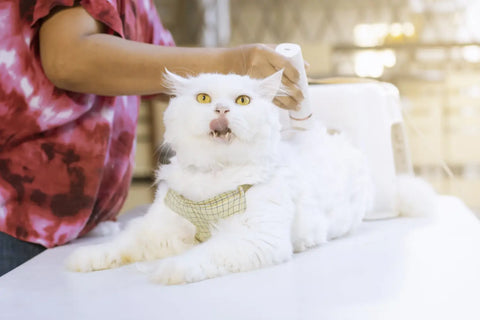
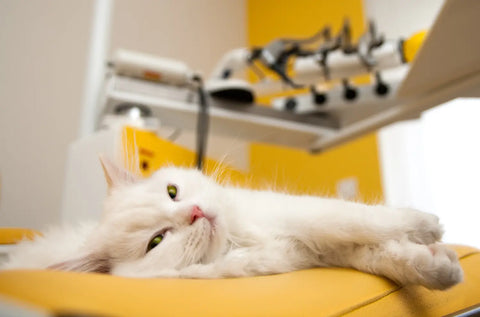
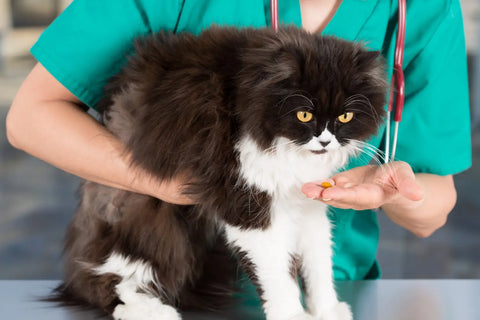







































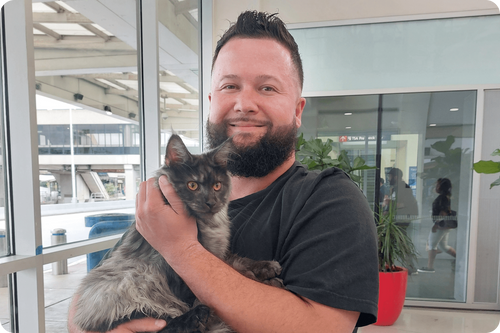













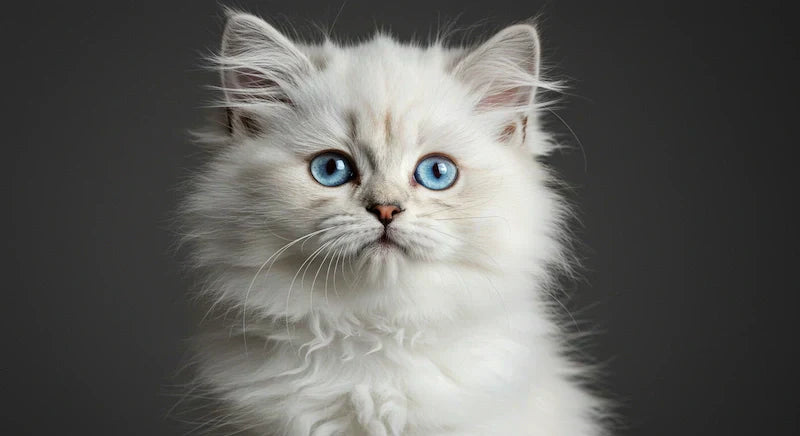
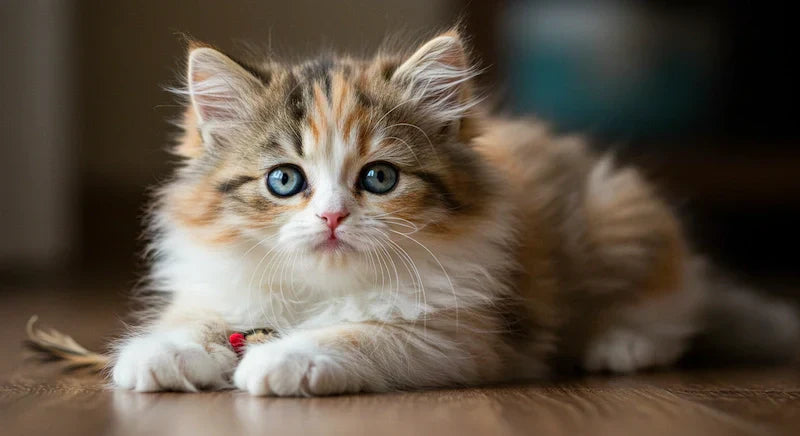
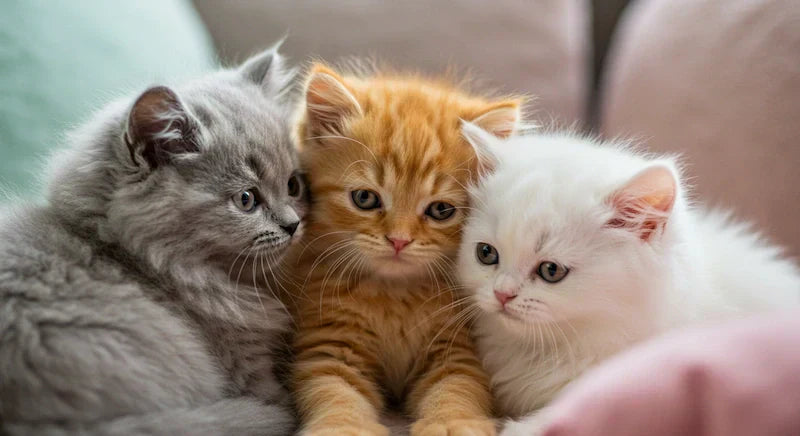




Comments(0)